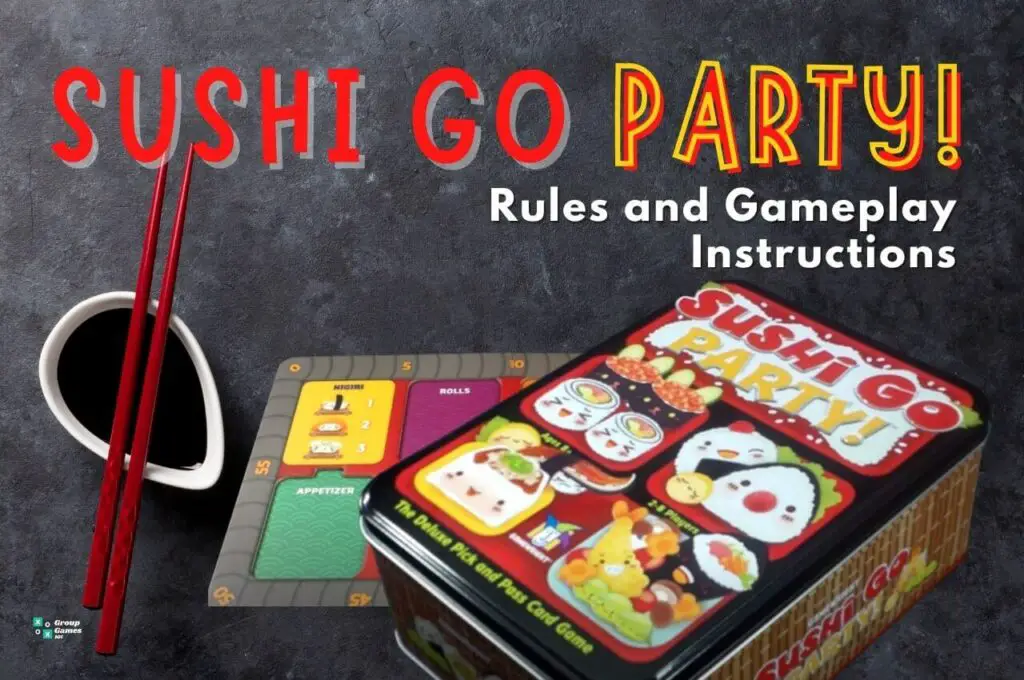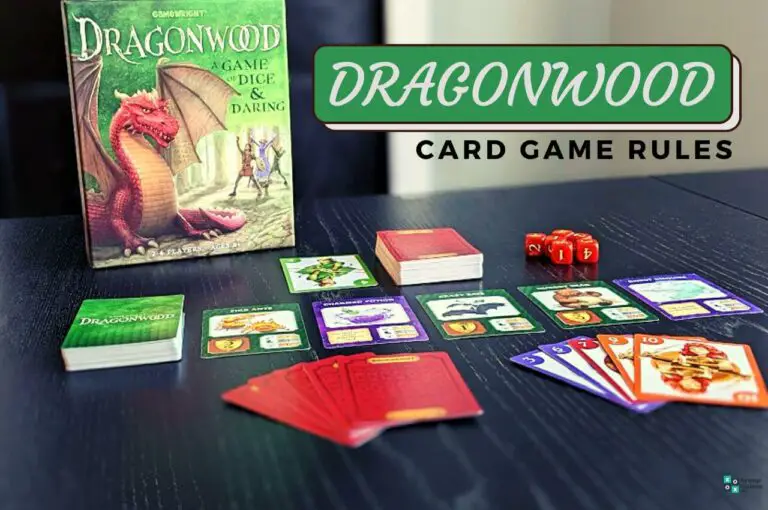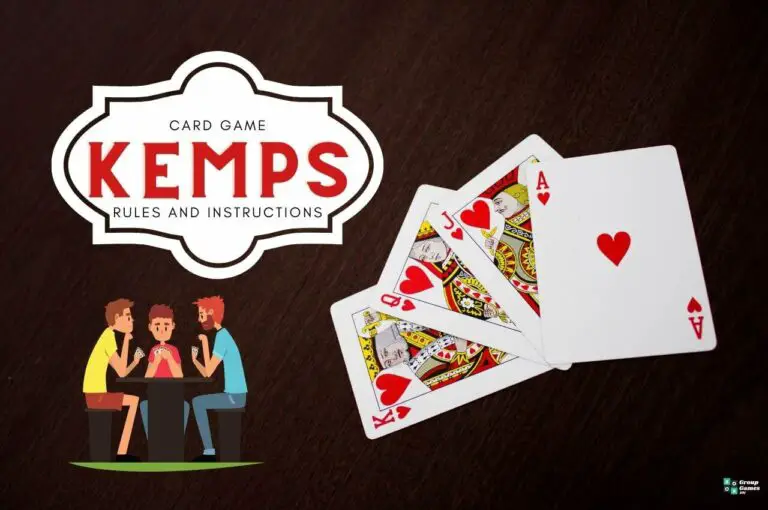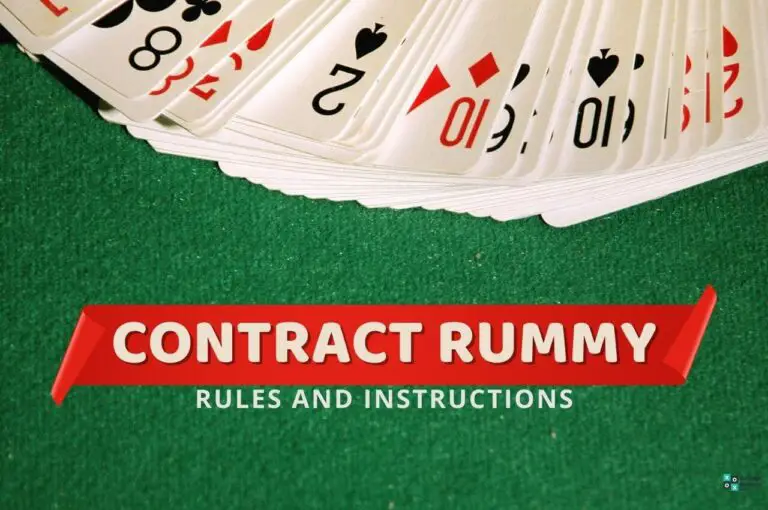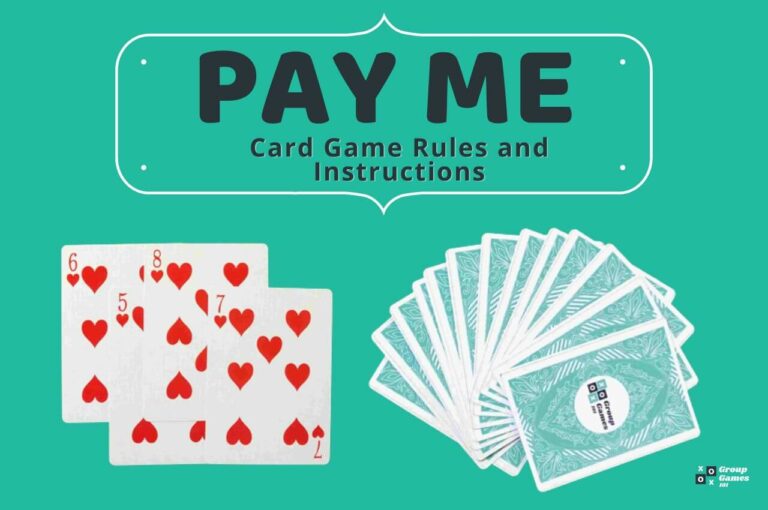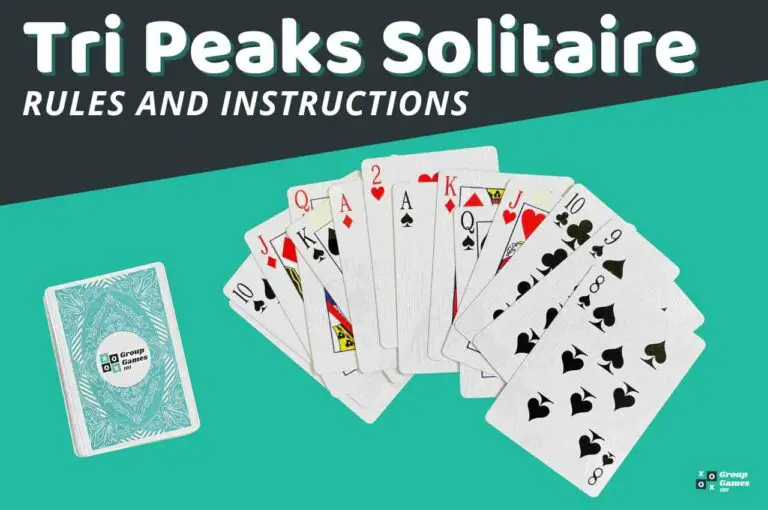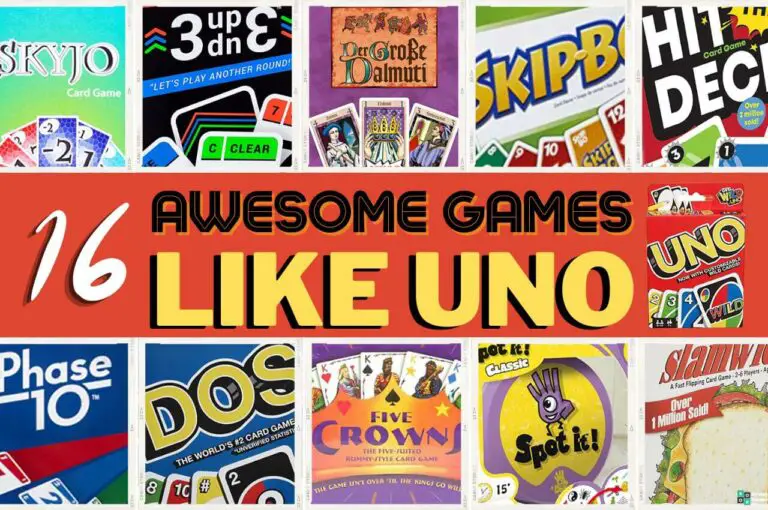Sometimes, people find inspiration for a board game in the strangest of places. One such game is SushiGo Party.
After you learn the SushiGo party rules, you may find a game that is tonnes of fun despite the seemingly random nature of it.
The concept is very simple, be the player with the most points at the end of the game. Gaining points is where the challenge lies, as you need to pick the correct cards under pressure to come out on top.
Even if you’re not a lover of this fishy meal, there is still plenty to enjoy in this game. So continue reading to learn all the SushiGo party rules and implement it into your weekly game night.
What Is SushiGo Party?

Very similar to its SushiGo counterpart, the party version of the game requires players to introduce more strategy into the game.
It also slightly differs in gameplay by adding more cards, making it harder to win. The gameplay gets mixed up enough so that more players can take part though, hence what makes this version the ‘party’ edition.
Fortunately, you don’t need to have knowledge about Sushi or even particularly enjoy eating to have great fun while playing this game. For the real authentic experience, consider ordering in or making some Sushi while playing though!
Number of Players Required: 2 – 8 players.
Who Can Play It: Recommended for ages 8+.
Difficulty: Medium difficulty due to its quick-paced nature. Can also adjust the difficulty in this
Length of Play: 10 – 20 minutes per game.
Similar to: GoNuts for Donuts; Exploding Kittens; Taco vs Burrito; Unstable Unicorns
Main Objective: Create your own sushi restaurant menu by picking from an array of different dishes. Then attempt to score the most points by grabbing the combo of cards that award the most points. The highest-scoring player wins.
Why we love it: SushiGo is super fast and super fun. Tactical as ingredients fly past, forcing players to make quick decisions. Players will need to either grab what they need or stop other players from scoring the necessary points for the victory.
Playing SushiGo Party- What You’ll Need
Any good card game has the most basic of equipment needed to start playing, and fortunately, SushiGo Party is no exception.
Make sure that you buy the SushiGo set which includes:
- 181 cards
- 22 menu tiles
- 8 pawns
- 1 gameboard
The official version of Sushi Go Party comes with everything listed above. If you’re interested in playing a version of the game that is smaller, then go with the standard edition of SushiGo.
Alternatively, there is also a dice version of the game Sushi Roll, which is for players who prefer to play a dice game over cards.
How To Set Up SushiGo Party
Setting up SushiGo party is a quick and easy task. You and your pals won’t don’t need to waste time with the preparation stage and means you can get plenty of rounds in.
Start by putting the gameboard in the middle of all players, have each player pick their colored pawn, and place it on the 0 space on the gameboard.
Depending on the difficulty of the game you would like to play, pick the cards which correspond with the correct difficulty level.
Choose one of:
- My First Meal – perfect for first-time players.
- SushiGo – The same menu as the first version of the game.
- Party Sampler – A small sample of what’s new in the party version.
- Master Menu – For expert players of SushiGo.
- Points Platter – Give players the ability to score big points.
- Cutthroat Combo – A more interactive iteration.
- Big Banquet – Designed for 6-8 players.
- Dinner for two – deal when there are just the 2 players.
If you’re feeling really creative though, you can choose to create your own version of the game. Just be sure to include:
- Nigiri cards.
- 1 type of roll.
- 3 types of appetizers.
- 2 types of specials.
- 1 type of dessert.
Keep note, however, that you cannot use the menu or special order cards when playing with 7-8 players. You cannot use Spoons and edamame cards in a 2 player game.
SushiGo Party Rules and Gameplay
Once you’ve decided on the difficulty of the game and have properly set the game up, Sushi Go Party can begin.
Starting the Game
SushiGo Party takes place across 3 rounds and depending on the round and the number of players a different number of cards get dealt out.
Round 1 when playing with 2-5 players requires 5 dessert cards, round 2 requires 3 dessert cards and round 3 requires 2 dessert cards.
Similarly, 6-8 players require 7 dessert cards for round 1, 5 dessert cards for round 2 and round 3 has 3 dessert cards.
Before each round begins, shuffle the required number of desserts into the main deck and place the remaining cards face down next to the gameboard.
Make sure that the regular deck gets shuffled, and deal out cards depending on the number of players.
2-3 players, deal out 10 cards each. 4-5 players, deal out 9 cards. 6-7 players get 8 cards each and 8 players get 7 cards each.
Place the rest of the deck next to the face-down dessert pile.
How to Play SushiGo Party
The SushiGo Party rules state that players play the game simultaneously, so you can see how gameplay soon becomes fast and furious.
Each player begins by choosing 1 card in their initial hand to keep and puts it face-down in front of them. Once all players choose their cards, everyone turns over their cards to reveal what they are.
Players then switch the remaining cards to the player on their left and repeat the process.
Group the cards you pick into colored categories so that it is easier to score them at the end of the round.
Certain cards also have a special action on the bottom right corner, that players use once cards get turned over on that turn. There will also be a number on the same corner, if more than 1 player has an action card then the lower number goes first.
Once all cards get played and all player’s hands are empty, the round ends. Put any dessert cards acquired to the side until the end of the game.
Score up all the other cards that you play in the round, and move your pawn along the score track of the game board the correct number that you score.
Collect up all the non-dessert cards used and reshuffle them. Remember to add in more dessert cards equal to the number that you added at the start.
Redo the game for another 2 rounds in the same way as you did for the first round played.
Whoever has the most points at the end of the game wins.
Scoring In SushiGo Party
The scoring part of SushiGo is the most important but also the most complex part of the game.
Different combinations score different points, which is why it is so important to pick the right cards and work out what are the best combinations while you are playing.
Examples of scoring to look out for include:
Nigiri – Each egg nigiri is worth 1 point. Salmon nigiri is 2 points. Squid nigiri is worth 3 points. If any nigiri has wasabi added to it too, times their score by 3.
- Rolls – Each one has a different variation, but the player who has the most of each type of roll at the end of the round scores additional points.
- Maki Rolls – whoever has the most scores 6 points, second-most scores 3.
- Temaki Rolls – Player with the most scores 4 points. The player with the fewest loses 4 points.
- Uramaki Rolls – The first player to collect 10 gets 8 points. The second player scores 5 points, the third player scores 2 points.
Appetizers – These again have a slightly different variant, but essentially the more of these you have, the more points you gain by having them.
- Dumpling – The more dumplings you have, the higher the score. 1 dumpling is 1 point, 2 is 3 points, 3 is 6 points, 4 is 10 points and 5+ is 15 points.
- Edamame beans – Each worth 2 points for every player that also has an edamame bean card.
- Eels – Players with 1 eel lose 3 points, 2 or more gain 7 points.
- Onigiri – 4 different shapes of Onigiri, score more points the more variety you have. 1 shape is 1 point, 2 is 4 points, 3 is 9 points and 4 is 16 points.
- Miso Soup – If only 1 player plays this card at the end of a round, they gain 3 points. Otherwise, it’s 0 points.
- Sashimi – Players score 10 points for every 3 sashimi cards that they possess.
- Tempura – Players score 5 points for every 2 Tempura cards that they possess.
- Tofu – If you have 1 tofu, score 2 points. 2 tofu scores 6 points. 3 or more players score 0 points.
Specials – These cards are the ones that grant special abilities after each turn, use them to turn the tide or to cement a potential victory.
- Chopsticks – Let’s a player take 2 cards on a future turn.
- Menu – The player using this card can draw 4 cards from one of the unused decks.
- Soy Sauce – Awards the player 4 points if they have the greatest variety of cards with different colored backgrounds.
- Spoon – Lets a player take a card out of another player’s hand.
- Special Order – Enables a player to take a card that they have previously used and lets them use it again.
- Takeout box – Use a card in your hand for later. Cannot get taken by another player.
- Tea – Whichever color in your pile has the highest number of the same colored background cards, award the number of points equal to that number of cards.
- Wasabi – Used with the Nigiri to times that Nigiri cards score by 3.
Desserts – Collected throughout the game. The score for desserts gets added (or subtracted) at the end of the game depending on what and how many you collect.
- Green Tea Ice Cream – Players score 12 points for every set of 4 Green Tea Ice Cream cards that they have collected.
- Pudding – The player with the most pudding cards gains 6 points. The player with the fewest loses 6 points.
- Fruit – Scores get given based on the different varieties of fruit a player has. 0 fruits lose 2 points. 1 fruit is 0 points. 2, 3, 4, and 5 different varieties are 1, 3, 6, and 10 points respectively.
One of the best parts of SushiGo is that every single card has a use and a score attached to them, and they can change if combined with certain other cards.
Be sure to properly educate each player before play begins on the value of each card. But you may find that the best way to remember is by playing a few rounds first.
Frequently Asked Questions
Are there any SushiGo rules that limit the number of decks used?
There is nothing in the rules that state that you cannot play the game with multiple decks if you have them available.
Use the dealing guide above to work out how many cards to shuffle out to players. Or if you’re planning on playing with more than the recommended limit of players.
Do I need to own SushiGo to play the Party version?
No, it is not necessary to own the original version of SushiGo to be able to play SushiGo Party.
SushiGo Party simply adds in more cards to play, so look at it more like an advanced, improved edition of the game.
Alternative games to SushiGo Party
Once you’ve played a few rounds of SushiGo Party we’re sure you agree that it is a completely unique card game experience.
If you’re looking for more unique card games that play with their own deck, then check out the Nertz game rules, Sleeping Queens rules and how to play Unstable Unicorns for a similar style of card games.
Alternatively, be sure to have a look at guides to some more traditional card games that use a standard deck, brush up on the Palace card game rules and the Pinochle rules.
It’s not just card games we have guides on either, as we have an array of board games for any age and group size.
Remind yourself of a classic by reading the Logo board game rules, or teach yourself something completely new by checking out the Taboo game rules.

